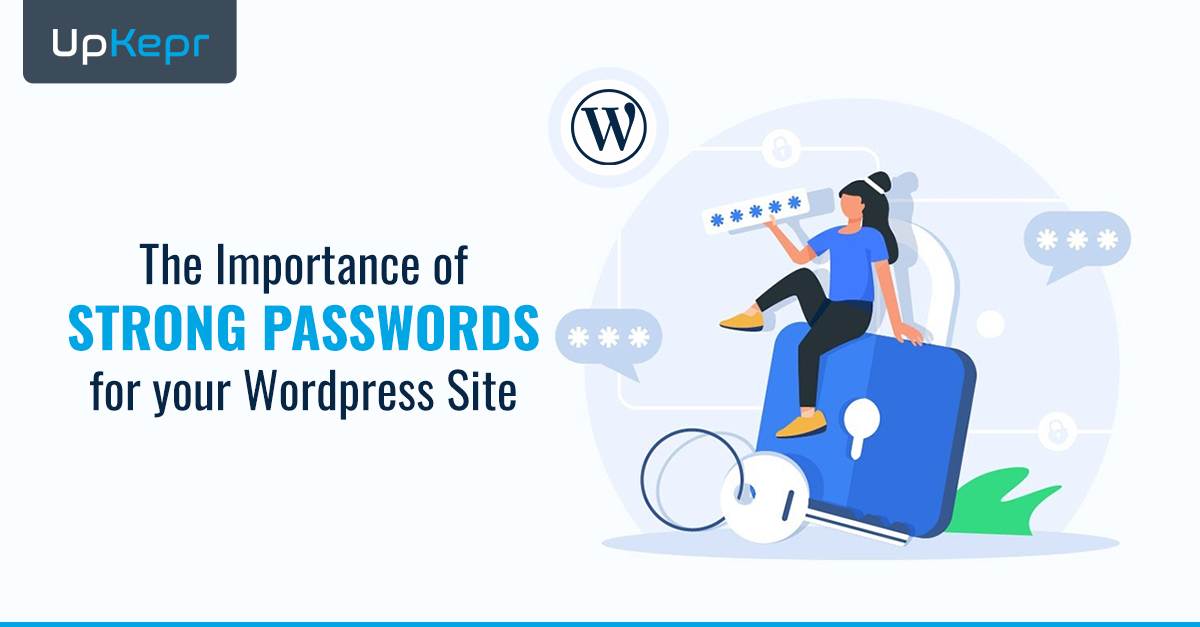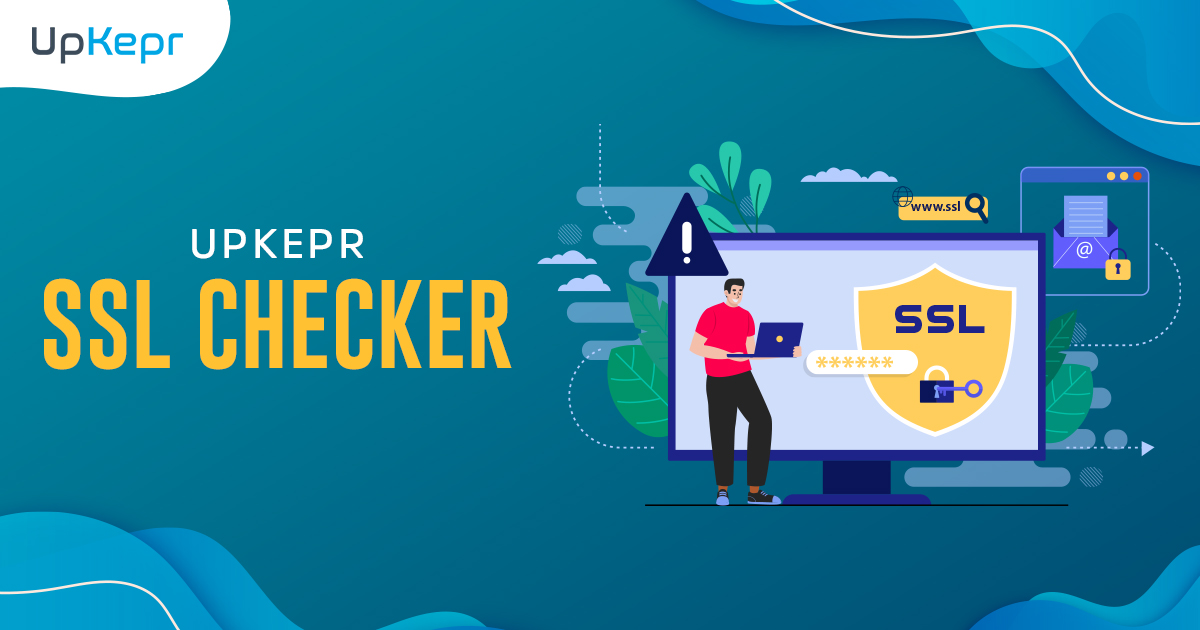
Think! Twice! Security Threats from Unverified WordPress Plugins

Introduction
WordPress powers over 40% of websites, making it a prime target for cyberattacks. Unverified plugins are a leading cause of security breaches, often lacking proper coding and updates, leaving your site vulnerable to hacking. To protect your site, only install plugins from trusted sources, keep them updated, and remove unused ones. Implementing security scans and firewalls can further reduce risks. In this blog, we’ll explore the dangers of unverified plugins and share strategies to keep your WordPress site secure from cyber threats.
Read on to discover how using the right security scanners can dramatically reduce your website's vulnerability to cyber threats.
5 Security Risks of Unverified WordPress Plugins
1. Malware and Backdoor Attacks
Unverified plugins can introduce malicious code, infecting your website with malware or creating backdoors that grant hackers remote access. These vulnerabilities can result in data breaches, website defacement, and complete loss of control over your site. Once compromised, attackers may steal sensitive information, inject harmful content, or exploit your site for further attacks. Regular security audits and using only trusted plugins are essential to prevent such threats and maintain your website’s safety and integrity.
2. SQL Injection Vulnerabilities
SQL injection is a widespread cyberattack where hackers exploit security flaws in unverified plugins to manipulate your website’s database. This breach can result in sensitive data leaks, unauthorized content modifications, or even a complete takeover of your website. By injecting malicious SQL queries, attackers can gain access to user information, delete critical data, or disrupt your site's functionality. To prevent such attacks, it is crucial to use secure plugins, update regularly, and implement proper database security measures.
3. Cross-Site Scripting (XSS) Attacks
Unverified plugins can introduce XSS vulnerabilities, enabling hackers to inject malicious scripts into your website. These scripts can steal sensitive user data, including login credentials, or spread malware to unsuspecting visitors. Once executed in a user's browser, these scripts can compromise the security of both your site and its users. To mitigate the risk of XSS attacks, always use trusted plugins, ensure regular updates, and implement robust security measures to protect your website and its visitors.
4. Compatibility Issues and Website Crashes
Unverified plugins are frequently poorly coded or outdated, leading to conflicts with your WordPress core, themes, or other plugins. These conflicts can cause your website to crash, experience broken functionality, or suffer from slow performance. Such issues not only disrupt user experience but can also harm your site's SEO rankings. To ensure smooth operation, always choose well-coded, regularly updated plugins, and perform compatibility tests before installing new ones.
5. Unauthorized Access and Privilege Escalation
Unverified plugins may contain vulnerabilities that enable hackers to bypass security measures, granting them unauthorized access to your admin panel. In some cases, these flaws allow attackers to escalate their privileges, ultimately gaining full control over your website. This can lead to data theft, site manipulation, or malicious activity. To protect your website, always use trusted plugins, regularly update them, and implement strong user authentication and access controls to prevent unauthorized access.
How to Secure Your WordPress Website from Plugin Vulnerabilities
1. Use Verified and Trusted Plugins
Download plugins only from the official WordPress repository or reliable third-party sources. Always check user reviews, the number of active installations, and the plugin’s update history to ensure it’s secure, reliable, and well-maintained. This helps reduce the risk of vulnerabilities and security issues.
2. Regularly Update Plugins and Themes
Outdated plugins and themes are a significant cause of WordPress security vulnerabilities. To minimize risks, enable automatic updates or regularly update them manually through the WordPress dashboard. Staying up to date ensures your site is protected from potential security threats and performance issues.
3. Limit Plugin Usage
Only install essential plugins and remove any unnecessary or inactive ones. Each additional plugin expands your website's attack surface, increasing the risk of security vulnerabilities. By keeping your plugin count minimal, you reduce the chances of potential threats compromising your site’s safety and performance.
4. Conduct Regular Security Scans with UpKepr
Use tools like UpKepr to conduct thorough vulnerability scans on your WordPress plugins. UpKepr helps identify security flaws and offers actionable recommendations for fixing them, ensuring your website remains secure and protected against potential threats. Regular scans help maintain optimal WordPress security.
5. Implement Strong User Access Controls
Limit admin-level access and require strong, unique passwords for all users. Implement two-factor authentication (2FA) to add an extra layer of security. These measures help protect your website from unauthorized access, reducing the risk of security breaches and enhancing overall WordPress safety.
6. Enable Web Application Firewall (WAF)
A WAF blocks malicious traffic before it reaches your site, protecting it from threats like SQL injections, XSS attacks, and other common vulnerabilities. By filtering out harmful requests, a WAF enhances your website's security and ensures a safer browsing experience for users.
7. Regularly Back Up Your Website
Perform regular backups to ensure you can quickly restore your website in the event of an attack or plugin failure. Having up-to-date backups safeguards your site’s data, reducing downtime and minimizing the impact of potential security breaches or technical issues.
How UpKepr Helps You Tackle WordPress Security Issues
UpKepr is an essential tool for maintaining a secure WordPress website, offering an advanced WordPress Plugin Vulnerability Scanner that identifies security flaws in your installed plugins and themes. Here's how UpKepr can help enhance your site's protection:
- Real-Time Vulnerability Scanning: UpKepr actively scans your plugins and themes, detecting security issues as they arise. This prompt identification enables you to address vulnerabilities before they can be exploited.
- Comprehensive Security Reports: Once a vulnerability is detected, UpKepr generates detailed reports that provide insights into the specific issue and actionable recommendations to resolve it, ensuring you can quickly restore your website's security.
- Automated Alerts: UpKepr sends instant notifications when a security threat is detected, allowing you to take immediate action. This feature ensures you're always informed about potential risks to your site.
- Additional Security Tools: Beyond scanning, UpKepr offers supplementary tools designed to protect your website from malware, unauthorized access, and other threats. These tools work together to provide comprehensive security, helping you maintain a secure and reliable WordPress site.
Scan Your Website With UpKepr Now
Conclusion
Unverified WordPress plugins are a major source of WordPress security vulnerabilities, making your website susceptible to attacks such as malware infections, SQL injections, and XSS exploits. To maintain a secure WordPress website, it is essential to use trusted plugins, update them regularly, and conduct frequent security audits.
Partnering with UpKepr for WordPress Plugin Vulnerability detection ensures you stay ahead of potential threats and maintain a robust security posture. Prioritize your website's security today and protect your online presence from malicious attacks.
Stay safe, stay secure with UpKepr!



























































































 Sign Up with Google – Free
Sign Up with Google – Free Sign Up with Github – Free
Sign Up with Github – Free